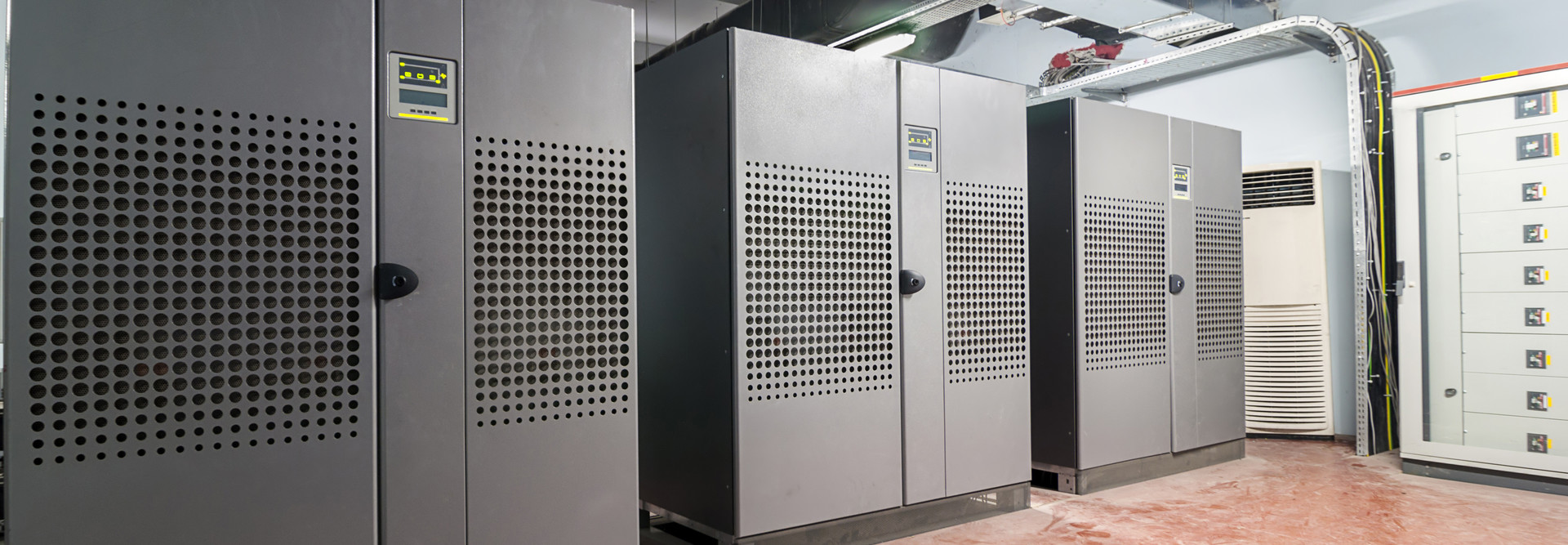Charged Up: The Care and Feeding of UPS Batteries
Although uninterruptible power supplies (UPSs) protect data centers from downtime caused by electrical interruptions, the batteries in these devices can fail and cause outages.
In order to be useful, the UPS must maintain high reliability. Batteries comprise the heart of the UPS system and are among the most vulnerable components. IT managers can take steps to ensure reliability while maximizing batteries’ useful life. Other battery technologies exist, but this article focuses on valve-regulated lead-acid batteries, commonly known as sealed or maintenance-free batteries. Here are four recommendations:
1. Design and Install Properly
Physical placement of a UPS is key. Provide sufficient space around the unit to support proper ventilation. As batteries charge, they produce heat, which if not removed will cause a permanent decrease in operational life span. Consult your manufacturer for recommended clearance requirements.
Second, size the UPS appropriately. Batteries also suffer if they’re pushed to their maximum ratings. Implement enough UPS capacity so that less than 80 percent will fully power the connected load.
2. Monitor Early and Often
Effectively and timely monitoring is critical to ensuring the reliability of a UPS system. Proper monitoring can predict many failure modes and alert IT to proactively take action.
Software contained within the UPS typically monitors current, voltage and temperature. Watch to confirm that these metrics are within expected levels, keeping a particular eye on temperature.
A sealed battery typically operates at about 75 degrees Fahrenheit — check with the manufacturer for tolerances of your model. Operational life span can plummet by as much as 50 percent if batteries are operated above 90 degrees for a sustained period of time.
Look for a UPS that monitors and manages discharge cycles. Fully discharging the batteries more than a couple of times a year will significantly reduce battery life, as will a large number of small discharges.
3. Test Batteries Regularly
Monitoring is cheap, easy and automated, but testing offers the best way to obtain an accurate picture of UPS health. Sealed batteries are said to be maintenance-free, but what this really means is that IT managers no longer have to add distilled water. However, regular testing and preventive maintenance are still recommended. Annual or biannual impedance testing will gauge the battery’s ability to hold a charge, and therefore is a good measure of expected operational life span.
Testing a string of batteries won’t always detect a failing (or failed) cell, which can lead to dropped loads if the UPS becomes active. Select a UPS that can test individual battery cells rather than entire strings of batteries.
4. Conduct Preventive Maintenance
Define a robust maintenance and replacement schedule to prevent unanticipated downtime. Ensure that service contracts cover parts and labor for all electronic components of the UPS, including input and output capacitors. If software plays a part in monitoring or testing, choose a service contract that includes software updates. Some manufacturers also offer remote monitoring.
Although service vendors will promise absolute availability of parts, unforeseen events may prevent them from delivering replacement parts at a critical time. Manage risk by stocking common parts such as extra batteries onsite, with the understanding that unused batteries degrade over time.









